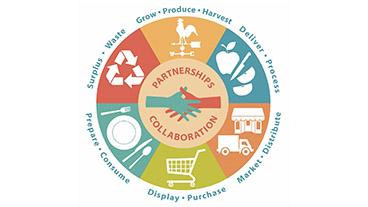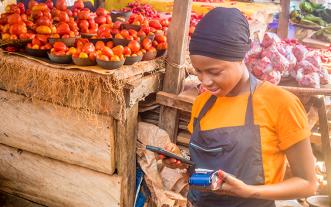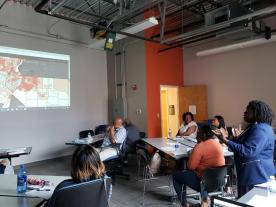Missouri EATs
Engage – Act – Transform
Cultivating community food systems
In partnership with communities across the state, Missouri EATs helps connect local stakeholders to build and strengthen their community’s food system. Missouri EATs is a community development process designed to engage people to identify local assets and needs; help them develop a plan to act on their top priorities; and make lasting changes to transform their local food system. Missouri EATs is a creation of the MU Extension Community Economic Development Food Systems Team. It is adapted with permission from the Oregon Food Bank’s FEAST program.
The broad goal of Missouri EATs is to create healthy, resilient and equitable community-based food systems. The starting point is a community-wide forum for participants to engage in an informed and facilitated discussion about the food system. This event is the first step of a larger community organizing process that engages communities to make positive changes over time. The format allows for broad discussions related to local agriculture, hunger, health and related topics and relies heavily on local input from community members in general and those representing local businesses and agencies.
Given the open nature of Missouri EATs, specific outcomes are difficult to predict. Communities involved as Missouri EATs pilots have brought together stakeholders to plan for an urban agriculture center, apply for grants, initiate farmers markets, expand community gardens, and better coordinate emergency food services. MU Extension Specialists have experience in supporting these types of efforts and will work with communities throughout the process to help address the various needs that arise.





